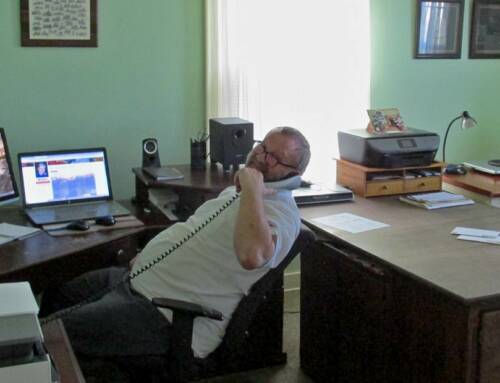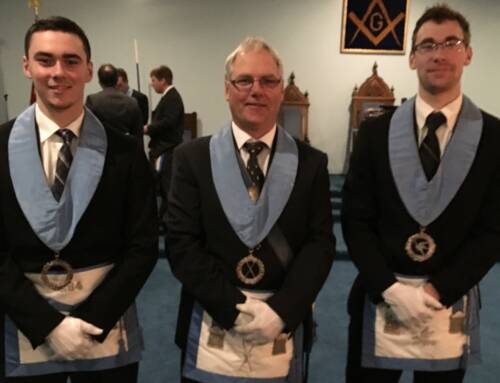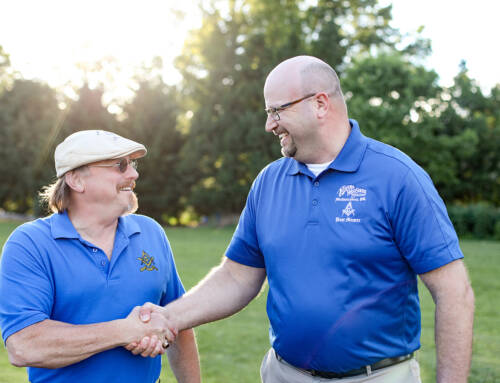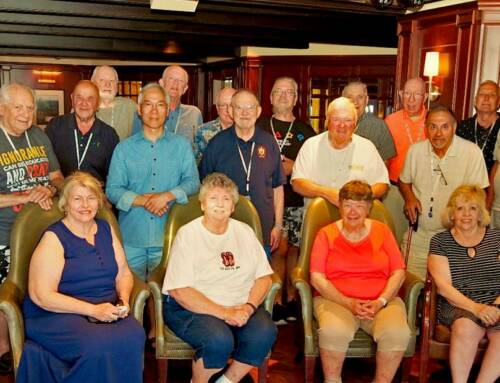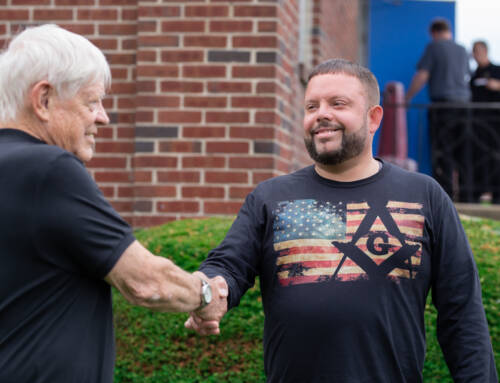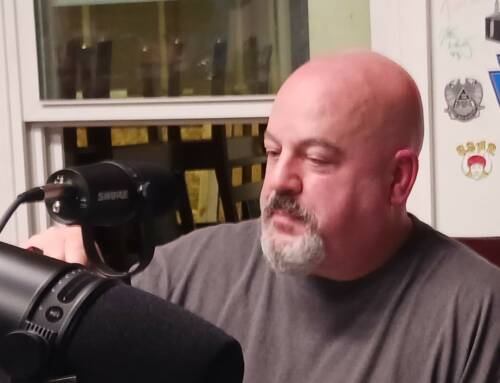A Brief History Of Masonic Charity
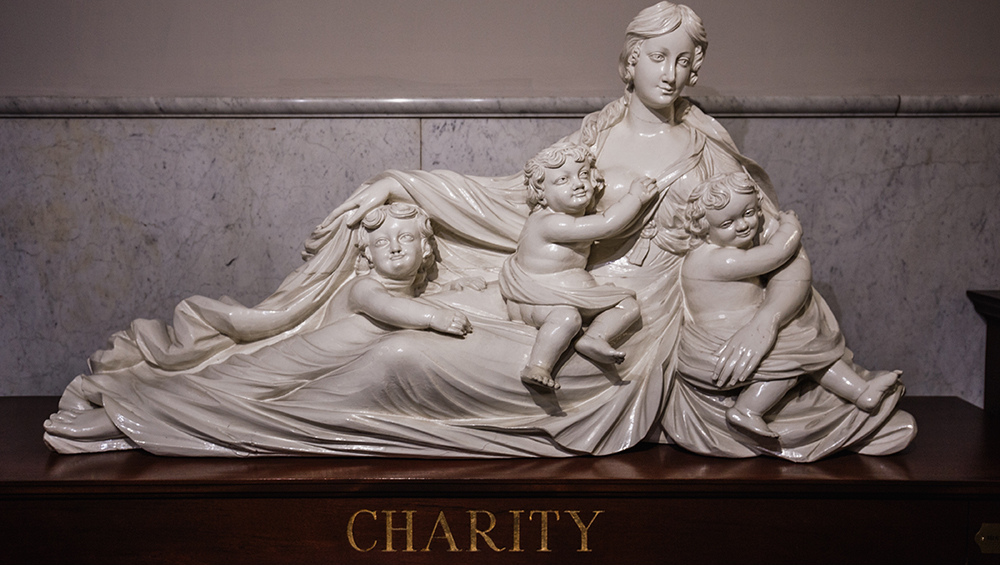
Charity is a universal characteristic of Masonry. It has been said that “the Masonic Way is to give without remembering and to receive without forgetting.”
Shortly after 1717, when Lodges were still associations of stoneworkers and masons, the cessation of cathedral building and the expansion of overseas trade lessened the importance of the masons’ companies, and they had to change to survive. From active trade associations whose primary function was the regulation of workers and their qualifications, as well as their working conditions, wages, rights and responsibilities, they gradually became mutual benefit societies concerned largely with charity and relief for the destitute and unemployed.
The earliest surviving Masonic documents, “Old Charges” or “Gothic Constitutions,” dating from circa 1390 to the mid 18th century, outline a masons’ duties to his God, his master, his family and society in general. Rev. Dr. James Anderson condensed these ideals into the preface of the 1723 “Book of Constitutions.” In operative terms, the “Old Charges” called on the stone masons to assist a strange mason with up to two weeks’ work and lodging. In speculative terms, they directed masons to aid the needy and act with charity toward all mankind.
In Dorothy Ann Lipson’s book, “Freemasonry in Federalist Connecticut, 1789-1835,” she describes how: “Masonic charity differed in its underlying assumptions and in its style from civic charity. In Connecticut, charity was available to the settled members of a town, regulated by law, and invoked in times of extreme need and as a last resort. Persistent vestiges of the older Puritan ethic, which associated misfortune with divine retribution, made appeals to civic charity a painful necessity. Masonic charity, more broadly defined than its civic counterpart, was available to its members in times of personal crisis wherever they were.” She also notes: “Masonic charity was secret, unlike civic charity whose administration made the entire town privy to the needs of each recipient. The derogation of character implicit in acknowledging poverty must have compounded suffering. In contrast, the Masons asked, ‘What has the world to do with private transactions, whether a widow, an orphan or a pilgrim has obtained relief?’” A touching example of this private, compassionate relief during personal crisis is cited: “Federal Lodge in Watertown, Conn., purchased a cow for the use of a widow and her children, and the cow was carried on its books for several years as a Lodge asset, presumably to spare the family the embarrassment of accepting charity.”
An interesting account of the Masonic relief provided after the Great Chicago Fire of 1871 was presented to the Illinois Lodge of Research by Illustrious Brother Samuel K. Zipp. Six miles long and three miles wide at the time, Chicago had a population of 334,000. The fire destroyed more than half of the city area and sent many thousands into the streets homeless, penniless and desperate. At the time the fire started, Freemasonry in Chicago was flourishing, with 31 Masonic Halls in operation. Brethren were in dire straits; their families scattered, their homes gone and everything they owned lost. Masonic leaders formed committees to administer relief. As word of the losses spread, contributions amounting to $83,089.06 in cash and $7,545.44 in supplies were received by the Masonic Board of Relief, hailing from Brethren and Lodges from Maine, Pennsylvania, Louisiana, Illinois, Dakota Territory and British India. Appendant bodies donated thousands in addition. In fact, the response was so great that on Feb. 1, 1872, reports communicated that sufficient funds had been received to meet all legitimate needs; yet, still more contributions arrived.
The influenza outbreak of 1918 devastated the world, killing an estimated 50 million people in contrast to the 16 million who died during World War I. With soldiers trekking across battlefields and returning home, the virus spread rapidly. One-fifth of the population worldwide suffered from the influenza outbreak to some extent, and one-fourth of Americans contracted it. The influenza epidemic struck the Elizabethtown, Pa., area as severely as other locations. In a grand gesture of service to the community, doctors transferred the Masonic Homes residents without influenza from the Philadelphia Freemasons Hospital to the Grand Lodge Hall Infirmary and opened the on-site hospital to community members with influenza. “This became a splendid asylum for the sorely stricken families of the vicinity who had no place else to go,” the Committee on Masonic Homes reported. During the several months the hospital took patients from the community, 82 people with no Masonic affiliation received the best treatment possible. As a result of quarantines and precautions, no Masonic Homes residents or guests died from the influenza epidemic.
Following the formation of the Masonic Service Association in 1919, Masonic relief was provided to numerous countries and within the United States following natural disasters including earthquakes, tornados, floods, hurricanes/typhoons, tsunamis and wildfires, as well as terrorist attacks.
Following the attacks on Sept. 11, 2001, medical professionals from Shriners Hospitals, including Dr. Robert Sheridan, Assistant Chief of Staff at the Boston Shriners Hospital, helped to provide emergency care for victims in New York City. They were part of the Burn Response Team of the Disaster Medical Assistance Team which is activated by the Office of Emergency Preparedness under the oversight of FEMA. Shriners Hospitals are also a part of the National Disaster Medical System, a first-response network of hospitals across the United States pre-identified to help in crisis situations. Although Shriners Hospitals are pediatric hospitals, dedicated to treating children, Shrine leaders stated that in light of the scope of this tragedy, they would assist adult victims, if needed.
Charity is at the core of Freemasonry. It has been since the founding of this great fraternity, and continues to evolve to meet the changing needs of society.
Sources: www.msana.com; Short Talk Bulletins, May 1962,
November 1979, May 1991, July 1997; Emessay Notes,
December 2001, March 2013.
Photo: Statue by William Rush, 1756-1833, Masonic Temple, Philadelphia



